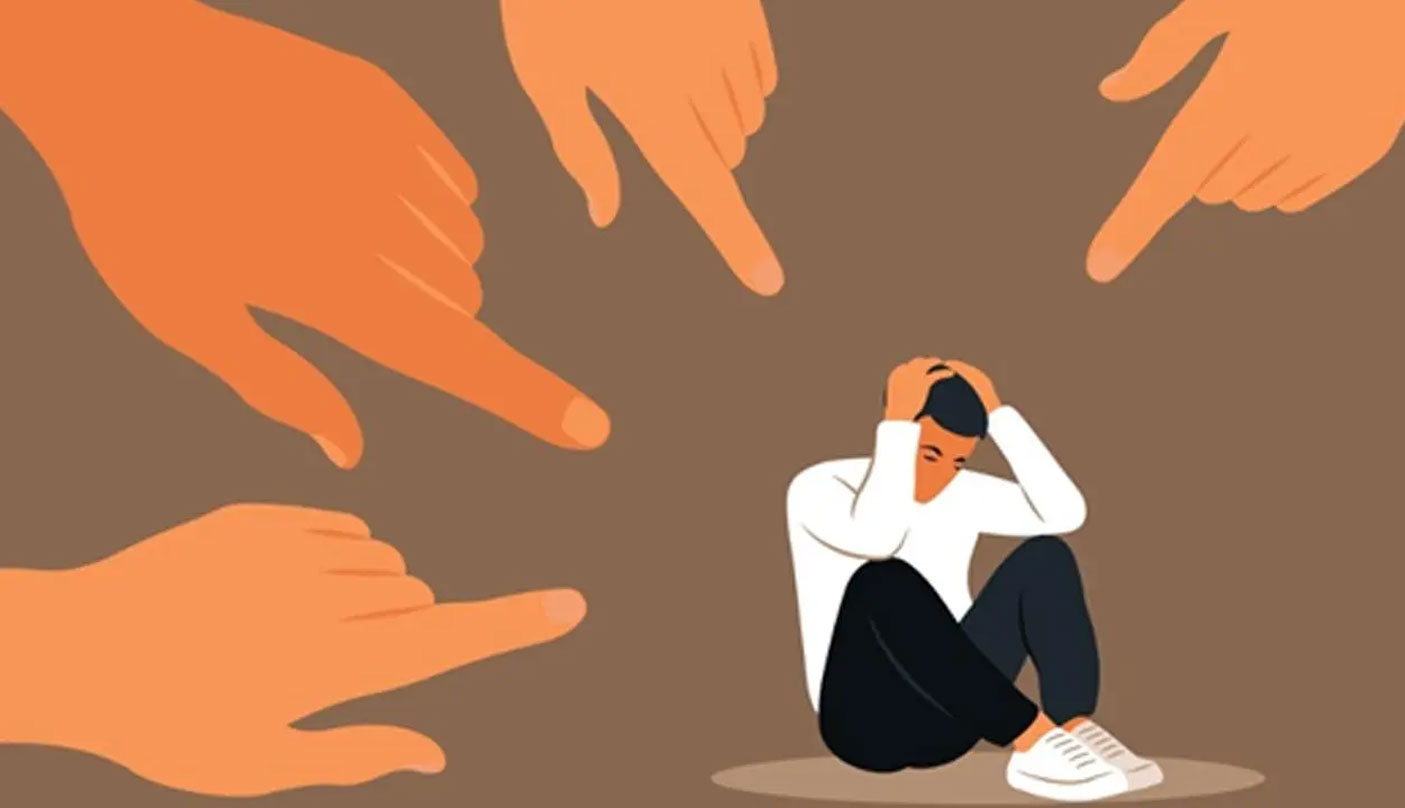If a loan settlement rejection occurs, the situation can unfold in several ways, depending on the lender’s next steps and the borrower’s response.
Here’s what typically happens:
1. Outstanding Debt Remains: Since the settlement offer was rejected, you are still legally obligated to repay the full outstanding loan amount, including interest and any penalties. The debt doesn’t go away and will continue to accrue interest and fees.
2. Continued Collection Efforts: The lender may intensify its collection efforts, including contacting you more frequently via calls, letters, or emails. In some cases, the lender may transfer or sell your debt to a third-party collection agency, which can have its own collection practices.
3. Possible Legal Action: If the lender believes you won’t repay, they may consider taking legal action. This could include filing a lawsuit to recover the amount owed, which may lead to a court judgment against you. If the lender wins, they could potentially garnish wages, place a lien on property, or freeze your bank account, depending on local laws.
4. Credit Score Impact: If you are behind on payments and unable to settle, your credit score may continue to suffer. Missed payments, collection accounts, or judgments can further damage your credit, making it harder to obtain credit in the future.
5. Opportunity to Renegotiate: In some cases, the lender may be open to a new negotiation. You can make another settlement offer with adjusted terms, such as a higher payment, lump-sum offer, or a structured payment plan that could be more appealing to the lender.
6. Exploring Hardship Programs: Some lenders offer hardship programs that can provide temporary relief, such as reduced payments, interest waivers, or deferment options. If the lender isn’t open to settlement, you might inquire about such options.
7. Potential to Reapply for Settlement Later: If your financial situation worsens, the lender may become more open to settlement offers in the future. Waiting for a period and reapplying can sometimes work if you demonstrate continued hardship.
8. Debt Restructuring or Consolidation Options: If settlement is not an option, consider debt consolidation or restructuring to make payments more manageable. This could involve combining multiple debts into one with lower monthly payments or negotiating for a longer-term repayment plan.
9. Bankruptcy as a Last Resort: If all attempts to settle or manage the debt fail and your financial situation is dire, bankruptcy may be a final option. Filing for bankruptcy can discharge certain debts, but it has long-term effects on credit and finances and should be considered carefully with professional advice.
If you’re facing repeated settlement rejections, working with a financial advisor, debt counselor, or attorney can sometimes open new paths forward.
Get in touch with us today at www.Settleloan.in and embark on your path to financial freedom



